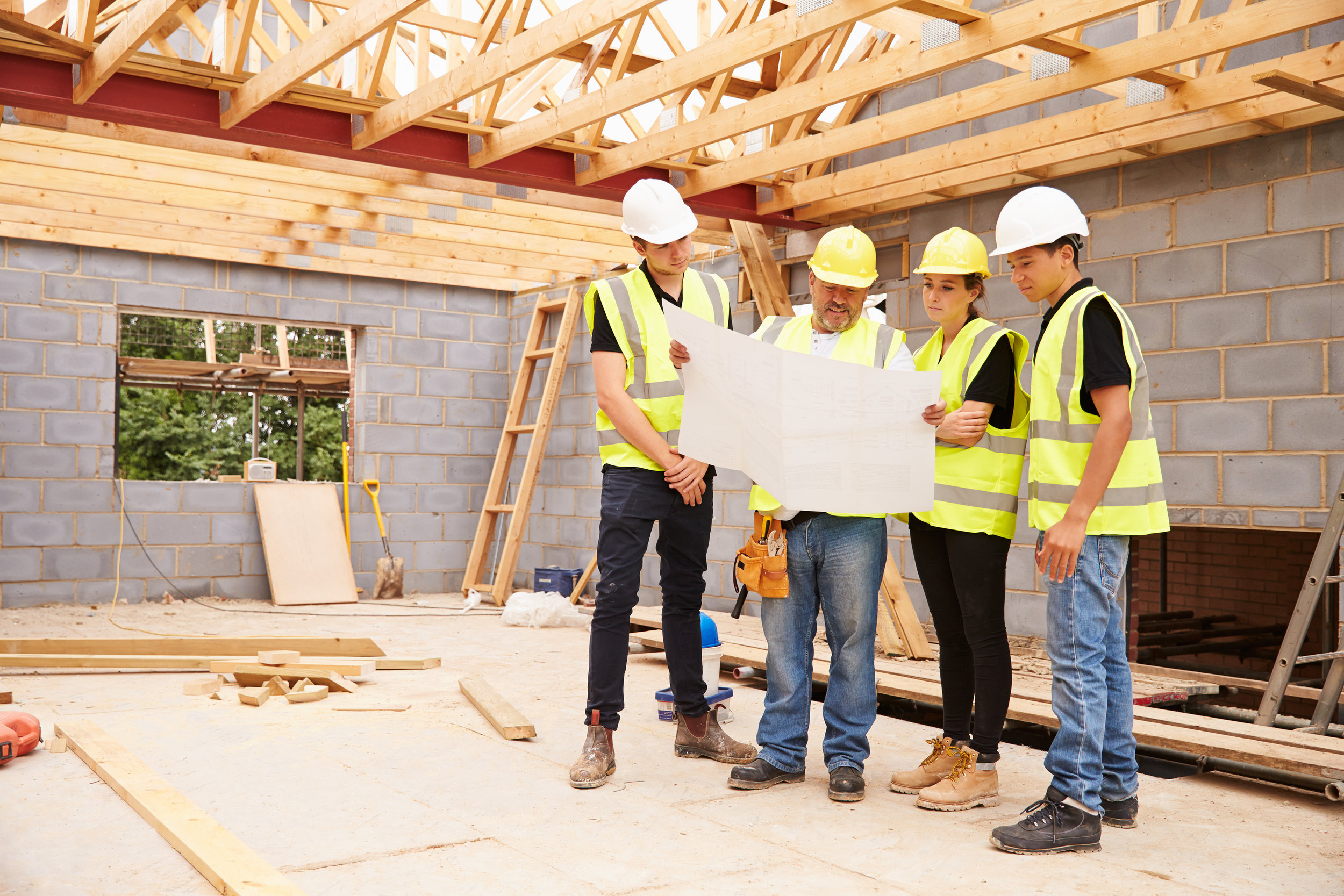
When it comes to home remodeling projects, homeowners often face the dilemma of choosing between quick fixes and long-term solutions. While quick fixes may provide immediate results, they may not always address the root cause of the issue, leading to future problems. On the other hand, long-term solutions may require more time, effort, and investment upfront but can offer lasting benefits in terms of functionality, aesthetics, and overall satisfaction.
Benefits of Quick Fixes
Quick fixes in home remodeling refer to temporary solutions that are implemented to address a specific problem or to achieve a desired outcome in a short period of time. While they may not be permanent, quick fixes can offer certain benefits, including:
Cost-Effective
- Quick fixes are often more affordable than long-term solutions, making them a budget-friendly option for homeowners who are looking to make cosmetic improvements or minor repairs.
Time-Saving
- Quick fixes require less time to implement compared to long-term solutions, allowing homeowners to see immediate results without experiencing prolonged disruptions to their daily routine.
Flexibility
- Quick fixes are versatile and can be easily modified or reversed if needed, giving homeowners the flexibility to experiment with different design ideas or concepts before committing to a more permanent solution.
Drawbacks of Quick Fixes
While quick fixes may offer short-term benefits, they also come with certain drawbacks that homeowners should consider:
Temporary Nature
- Quick fixes are not designed to last indefinitely and may require frequent maintenance or replacement, resulting in additional costs and inconvenience over time.
Limited Effectiveness
- Quick fixes may address the symptoms of a larger underlying issue without resolving the root cause, leading to recurring problems or the need for more extensive repairs in the future.
Potential Decrease in Property Value
- Quick fixes that are not executed properly or are of poor quality may detract from the overall aesthetic appeal and functionality of a home, ultimately affecting its resale value.
Benefits of Long-Term Solutions
Long-term solutions in home remodeling involve comprehensive planning, meticulous execution, and a focus on durability, functionality, and sustainability. While long-term solutions may require more upfront investment and effort, they offer several benefits, including:
Durability
- Long-term solutions are designed to withstand wear and tear over an extended period, reducing the need for frequent repairs or replacements and ultimately saving homeowners time and money in the long run.
Increased Property Value
- Long-term solutions that enhance the structural integrity, energy efficiency, and overall appeal of a home can significantly increase its resale value, providing a return on investment for homeowners.
Customization
- Long-term solutions allow homeowners to personalize their living space according to their unique preferences, lifestyle, and needs, creating a functional and aesthetically pleasing environment that reflects their personality and style.
Drawbacks of Long-Term Solutions
While long-term solutions offer numerous benefits, they also have certain drawbacks that homeowners should be aware of:
Higher Upfront Costs
- Long-term solutions typically require a larger initial investment than quick fixes, which may be a deterrent for homeowners operating within a limited budget or looking for immediate results.
Extended Timeline
- Long-term solutions involve detailed planning, construction, and finishing work that can extend the timeline of a remodeling project, requiring homeowners to be patient and flexible throughout the process.
Potential Disruption
- Long-term solutions may necessitate temporary relocations, lifestyle adjustments, or inconvenience during the remodeling process, disrupting the normal flow of daily activities in the home.
Choosing the Right Approach
When deciding between quick fixes and long-term solutions for a home remodeling project, homeowners should consider the following factors:
Budget
- Assess your financial resources and determine how much you are willing to invest in the remodeling project.
Goals
- Clarify your objectives and priorities for the remodeling project, whether they are focused on aesthetics, functionality, sustainability, or resale value.
Timeline
- Determine your desired timeframe for completing the remodeling project and consider how it may impact your daily routine and lifestyle.
By carefully weighing the benefits and drawbacks of quick fixes and long-term solutions, homeowners can make an informed decision that aligns with their goals, budget, and timeline for their home remodeling project.

